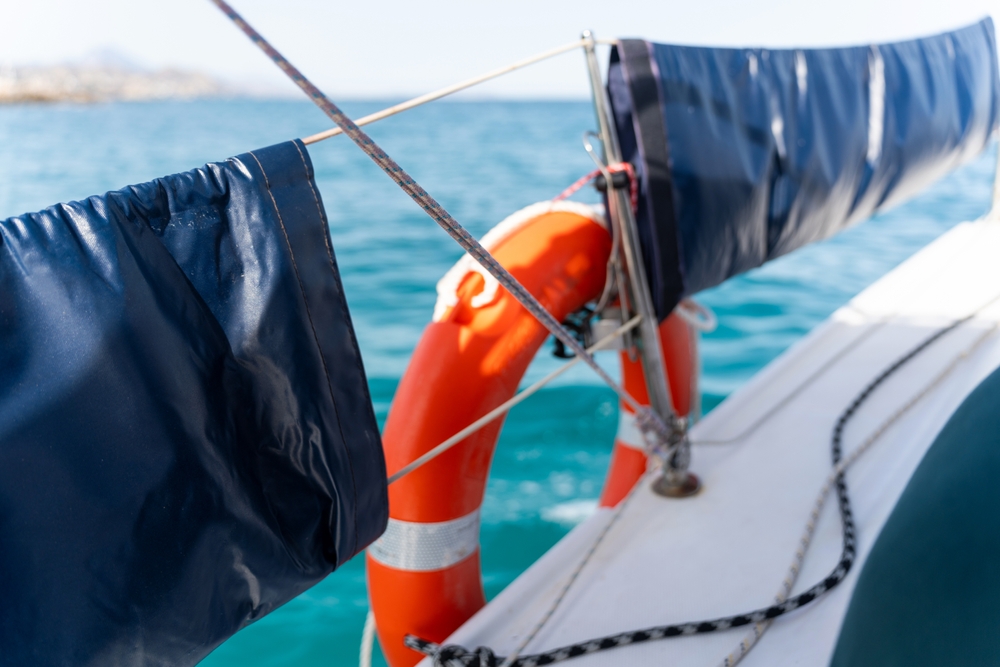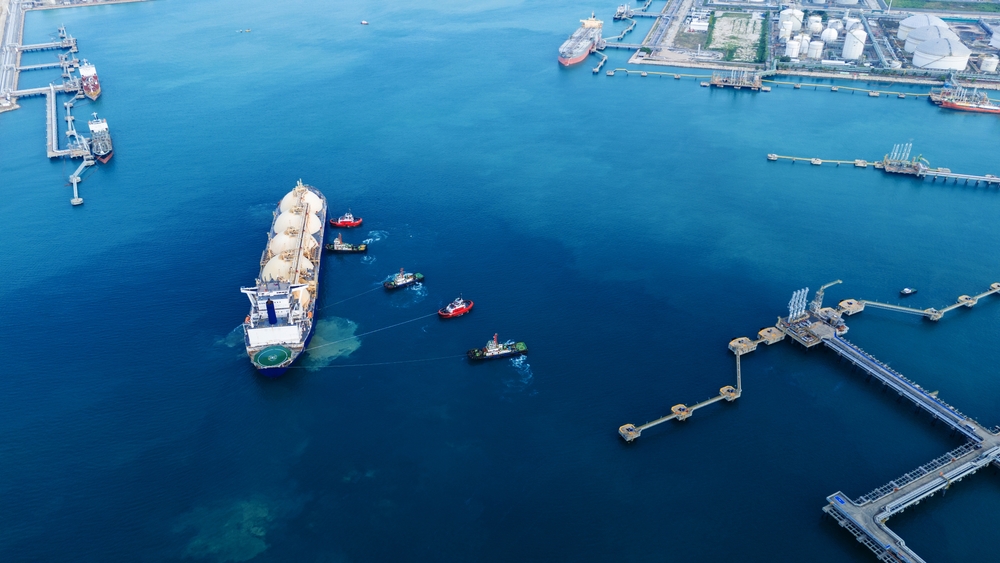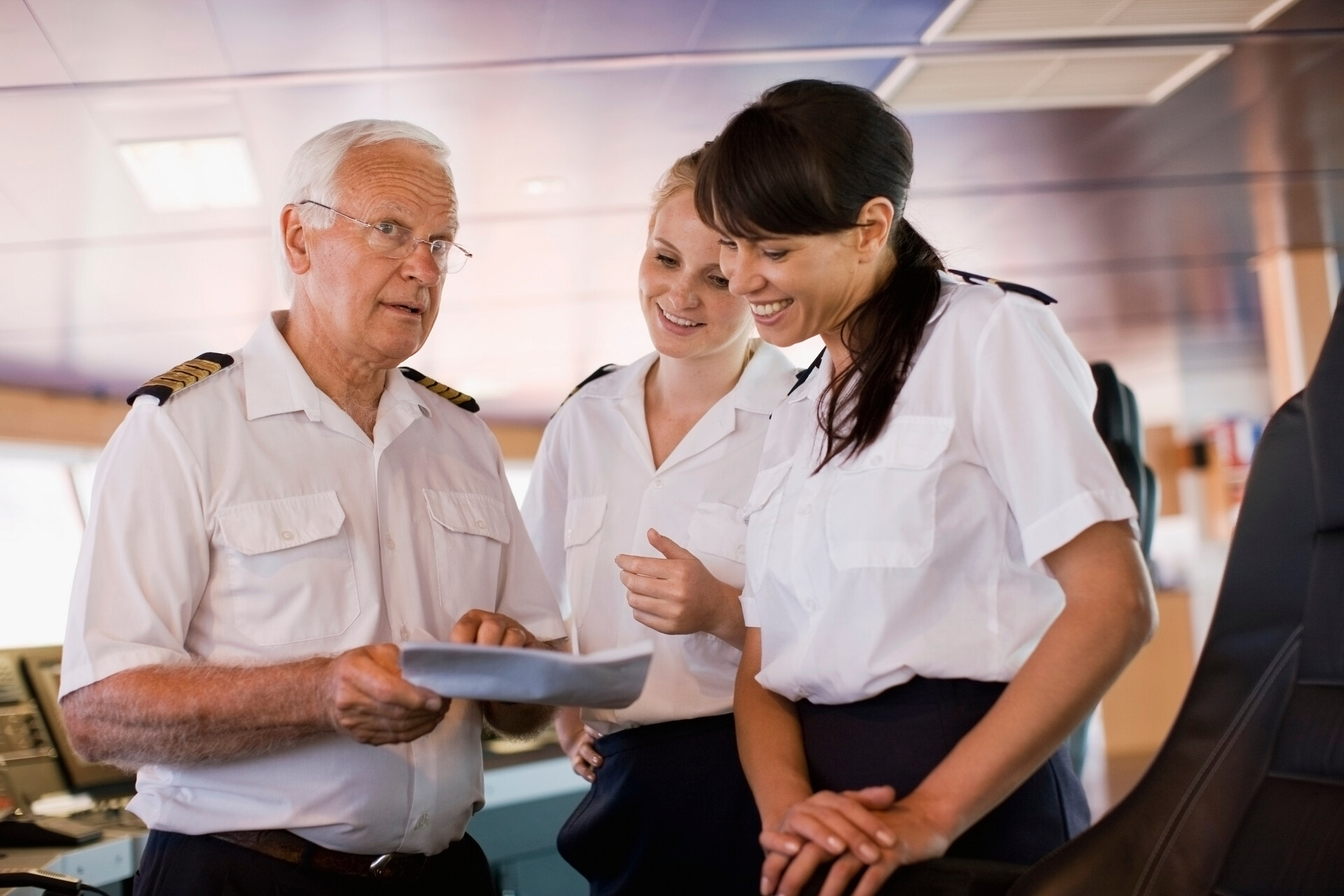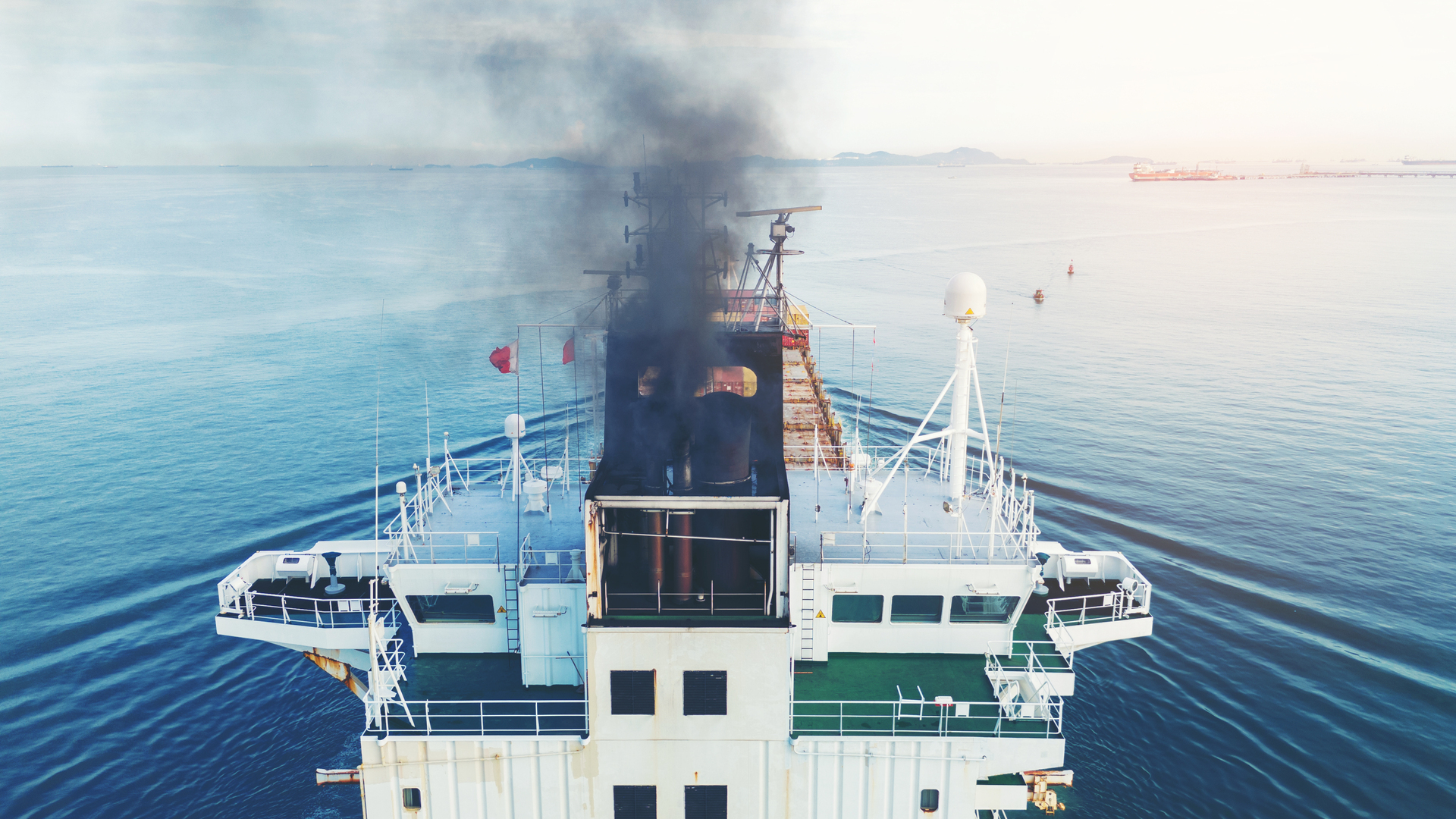Top 10 Boating Safety Tips: What Every Boater Needs to Know
Out on the water, things can go from smooth sailing to serious risk – fast. In fact, the U.S. Coast Guard reports more than 4,000 recreational boating accidents each year, resulting in hundreds of deaths, thousands of injuries, and millions in property damage.

Out on the water, things can go from smooth sailing to serious risk – fast. In fact, the U.S. Coast Guard reports more than 4,000 recreational boating accidents each year, resulting in hundreds of deaths, thousands of injuries, and millions in property damage.
Whether you’re preparing for your very first launch or you’ve already started navigating waters, these 10 boating safety tips are timeless essentials.
Boating Safety Tips: 10 Rules for Staying Safe on the Water
Did you know that nearly three out of four boating fatalities occur on boats operated by someone without safety training? Operator inexperience consistently ranks as one of the leading causes of accidents on the water.
The takeaway is simple: boating safety saves lives.
So before you top off the tank and set out for the day, let’s hit pause and walk through the essential safety tips that make every trip not just fun, but safe from start to finish.
Wear a Life Jacket (Coast Guard-approved)
It may sound obvious, but wearing a personal flotation device (or commonly known as a life jacket) is the most important boating safety rule. In 2022, 85% of people who drowned in recreational boating accidents weren’t wearing one.
And while regulations vary from state to state, the principle is the same everywhere: a Coast Guard-approved PFD can mean the difference between life and death.
And understanding why that matters is part of being a knowledgeable boater.
If you’re looking to build real confidence on the water, Sea School’s Coast Guard-approved OUPV (6-Pack) Captain’s License Course goes beyond the basics – covering all boating essentials, so you can operate a vessel safely and professionally.
When choosing the right one, make sure it:
- Carries the U.S. Coast Guard approval label
- Fits properly. It should be snug but comfortable, based on your weight and chest size
- Matches your activity (different types exist for fishing, paddling, sailing, or general boating)
- Is in good condition – no rips, broken buckles, or water damage
But it only works if you’re actually wearing it. Tossing life jackets under a seat won’t help when trouble comes without warning.
Enroll in a Boating Safety Course
You wouldn’t drive a car without learning the rules of the road, so why take a boat out without knowing how to operate it safely?
The easiest way to stay safe out on the water is to get proper training.
Our STCW Basic Training course covers all the essentials: navigation rules, emergency procedures, first aid, survival techniques, fire fighting, and more.
As a team training course, this five-day program covers all four elements of STCW basic training, and upon passing the exam, you receive a USCG-approved certificate.
It’s practical knowledge that can save lives, prevent accidents, and avoid costly mistakes.
And it’s not just for first-timers. Even seasoned boaters can pick up new insights, refresh skills they haven’t used in a while, and stay current with changing laws and equipment standards.
File a Float Plan / Check-In System
Before you cast off, make sure someone on shore knows where you’re going and when you expect to return.
A float plan is a simple document detailing your route, boat description, passenger list, and emergency contacts.
Why it matters: if something goes wrong, authorities and loved ones can respond quickly and effectively. Even the most experienced boaters can get caught in sudden weather changes, mechanical failures, navigational hazards, or no-go zones. A float plan ensures help isn’t delayed.
Quick tips for a solid float plan:
- Share your route and estimated return time with a trusted contact
- Include boat details (type, registration, color)
- List all passengers and emergency contacts
- Update or cancel the plan if your plans change
Best practices: Some mariners also use digital check-in apps that send automatic alerts if you don’t return on time. Combining a traditional float plan with tech ensures maximum safety.
Understand Rules and Navigational Etiquette
Knowing the rules of the water and following proper navigational etiquette prevents collisions, misunderstandings, and fines. Here are some basic navigational etiquettes:
- Right-of-way: Different types of boats, from sailboats to powerboats, have specific priority rules. Respecting these keeps everyone safe.
- Speed and wake: Adjust speed for crowded areas, narrow channels, and no-wake zones to protect people, wildlife, and other boats.
- Navigation markers: Buoys, lights, and signage guide safe travel and help avoid hazards. Learn what they mean before you head out.
- Communication: Use VHF radios, horns, or lights to signal intentions when in traffic or near other vessels.
Pre-Launch Safety Checklist and Basic Maintenance
Before you even start the engine, a quick pre-launch inspection is a must! Think of it as a safety ritual that keeps both you, your passengers, and your boat in top shape.
Key steps to include:
- Inspect the hull and deck: Look for cracks, leaks, or loose fittings that could worsen on the water.
- Check the engine and fuel system: Ensure proper oil levels, no leaks, and a full fuel tank.
- Test electronics and navigation equipment: GPS, radios, lights, and bilge pumps should all function properly.
- Safety gear check: Confirm life jackets, fire extinguishers, flares, first aid kits, and throwable devices are onboard and in working order.
- Weather and tides: Review forecasts, currents, and local advisories to avoid surprises.
- Documentation: Make sure your registration, insurance, and permits are up to date.
Basic maintenance matters: simple tasks like cleaning, lubricating moving parts, and inspecting ropes and anchors can prevent breakdowns and keep your boat running smoothly season after season.
Know How To Handle Boat Fires
Fires on board can escalate in seconds. So, knowing how to handle boat fires can make all the difference in preventing injuries, saving lives, and protecting your vessel.
For those looking for hands-on experience, we offer a Basic and Advanced Firefighting Combination course.
This five-day program provides both theoretical knowledge and hands-on experience in fire prevention, detection, and suppression. You'll engage in simulated fire scenarios, including blind egress and chemical fires, ensuring you're prepared for real-world situations.
Check the Weather and Stay Alert for Changes
The weather can turn in minutes on the water, and being caught off guard is one of the most common causes of boating accidents.
And while we can’t control the weather, you can plan ahead and stay vigilant. So, make sure you:
- Check forecasts before departure: Wind, wave height, tides, and temperature all matter.
- Use multiple sources: Apps, marine radios, and local weather stations provide different perspectives.
- Monitor conditions during your trip: Clouds, wind shifts, and sudden drops in temperature are early warning signs.
- Have a backup plan: Identify safe harbors or return routes if conditions worsen.
- Educate your crew: Everyone onboard should know basic signs of approaching storms and emergency procedures.
Avoid Alcohol - Keep Your Wits About You
Boating and alcohol are a dangerous mix. One wrong move can have serious consequences. Alcohol slows your reaction time, clouds judgment, and makes even simple maneuvers riskier.
Not surprisingly, alcohol is the leading known factor in fatal boating accidents, according to the U.S. Coast Guard.
Smart practices to stay sober and safe:
- Assign a sober operator: Make sure someone on board is fully alert and alcohol-free.
- Plan ahead: Bring non-alcoholic beverages and snacks to keep everyone hydrated and alert.
- Know the local laws: Many waterways have strict regulations on blood-alcohol levels for boat operators.
- Watch your crew: Even if you’re sober, alcohol use by others can affect overall safety, so stay aware.
Carry Essential Safety Gear and Communications
Personal flotation devices (PFDs) are just the start. From sudden weather changes to mechanical issues, boating comes with its share of surprises, so being fully prepared is key.
Here’s our must-have checklist when it comes to safety gear:
- Coast Guard-approved personal flotation devices (PFDs) for everyone on board
- Visual distress signals such as flares, flags, or strobe lights
- Fire extinguisher suitable for your boat type
- VHF radio or other reliable communication device
- Basic first aid kit
- Anchor with sufficient line to stabilize your boat in emergencies
- Bilge pump or bailer to remove water if needed
- Navigation lights for low visibility conditions or night boating
- Sound signaling device (whistle, horn, or bell) for alerting others
- Extra fuel and water for longer trips or unexpected delays
- Tool kit and spare parts for minor repairs
- Emergency blankets or extra clothing to prevent hypothermia
- Charts, compass, or GPS device for navigation backup
Position Smartly, Distribute Weight, Dock Safely
How you load and handle your boat can make all the difference. Uneven weight distribution affects stability, performance, and safety, especially in rough water.
Start by placing heavier items low and near the center, and spread passengers evenly rather than crowding one side. Secure all gear so nothing shifts while underway.
When it comes to docking, slow down and approach at an angle. Use fenders to prevent scratches or damage. Paying attention to positioning and docking helps prevent accidents and keeps everyone on board safe.
Stay Safe by Staying Prepared
Boating is all about enjoying the water, but safety should always come first. By following these top 10 boating safety tips, you’re taking the right steps to protect yourself, your passengers, and your vessel.
Remember, preparation, awareness, and the right training can make all the difference when it matters most.
At Sea School, we’re dedicated to helping boaters of all levels gain the skills and confidence they need on the water. From basic seamanship to advanced safety and firefighting courses, our hands-on programs ensure you’re ready for anything the sea throws your way.
Check out our courses and start building the skills you need to safely captain the waters.
All the answers you’ll need before enrolling in any of our courses
Always wear a PFD, check the weather, follow navigation rules, and carry safety equipment like fire extinguishers and first aid kits.
The golden rule is to always prioritize safety. Protect yourself, your passengers, and others on the water.
The three R’s are Respect, Responsibility, and Readiness: respect the water and other boaters, take responsibility for your actions, and stay prepared for emergencies.
Avoid skipping safety gear, overloading the vessel, or boating under the influence. Don’t ignore weather conditions, act recklessly, or break navigation rules.


